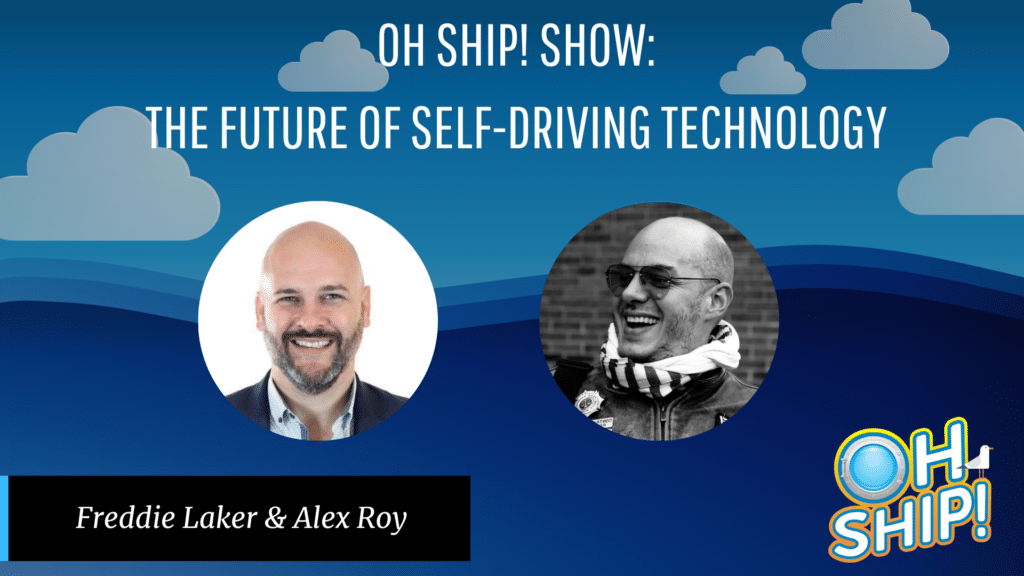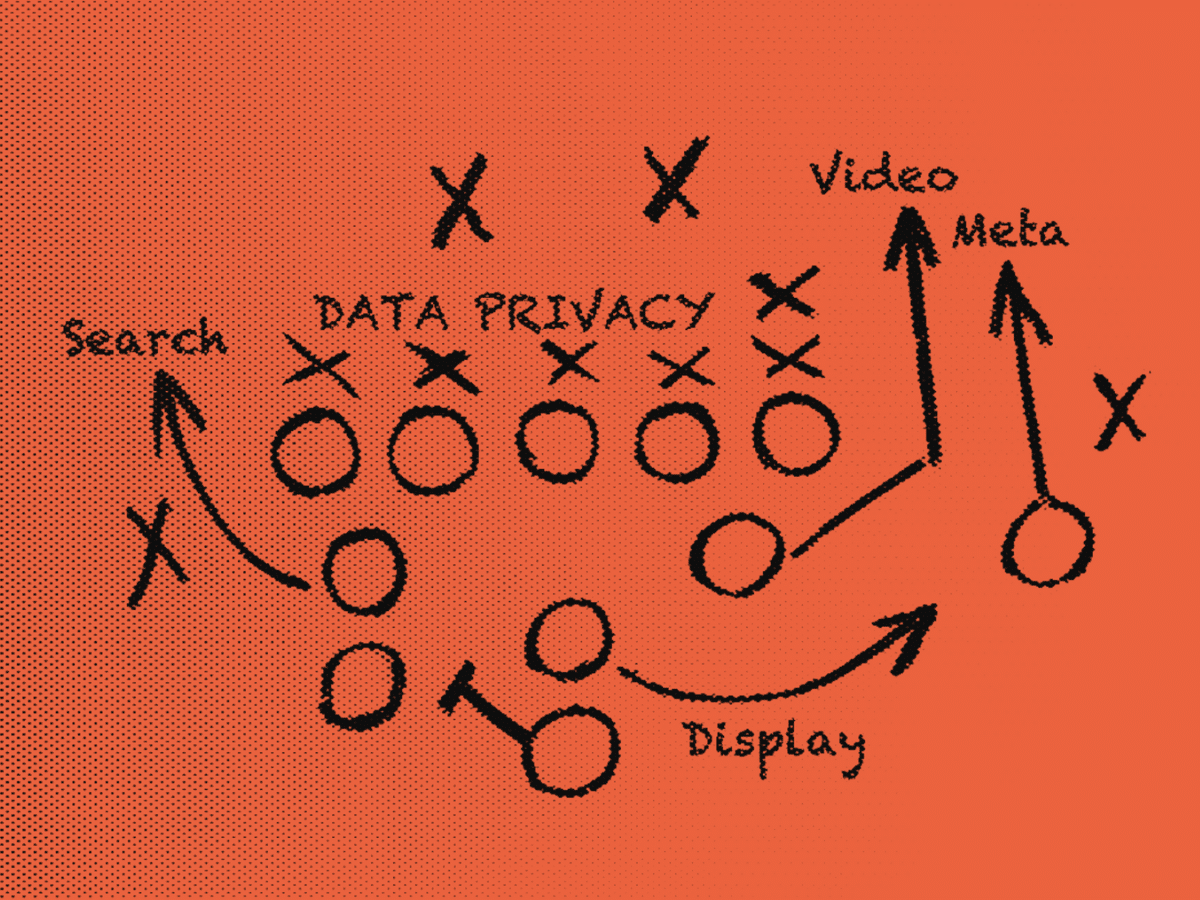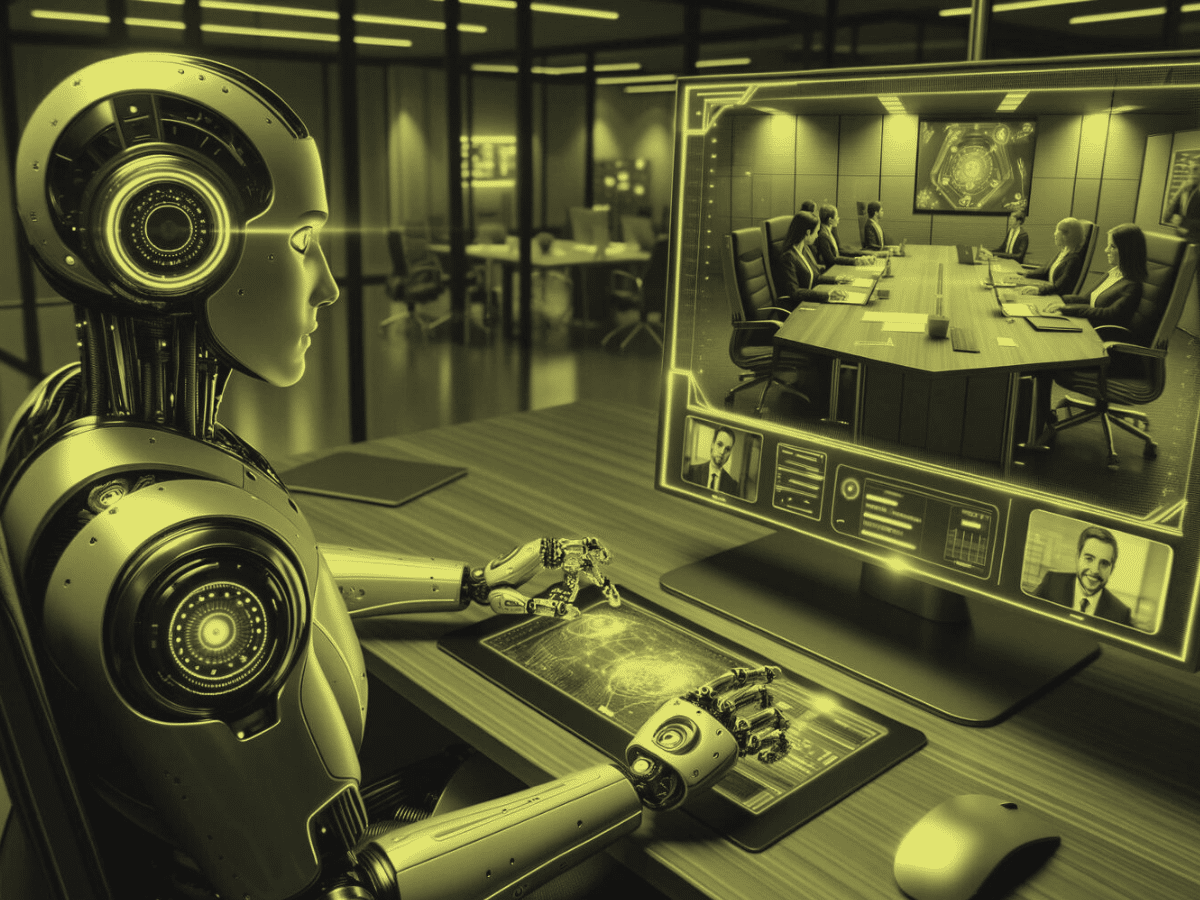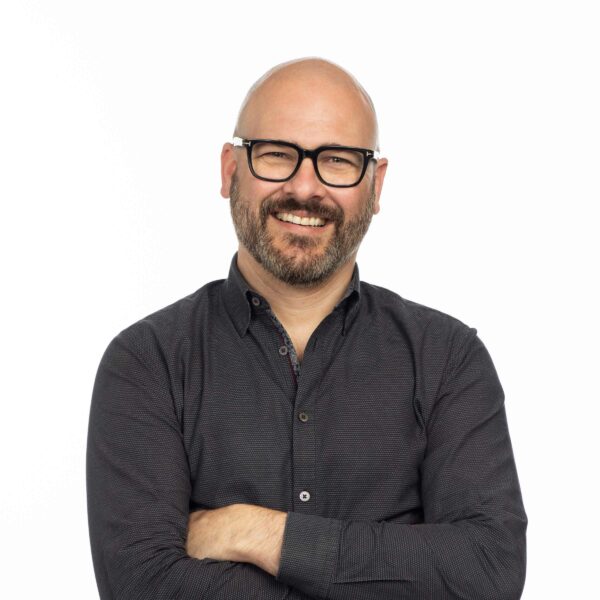Hear Alex’s take on the future of self-driving technology and lessons learned in his career.
Alex Roy is no stranger to adrenaline: Lightning-fast cross-country drives are a favorite hobby of his. In fact, he and Freddie met at the Gumball car rally, an epic cross-country car race that involved 17 European countries in 7 days in 2007. He also works in self-driving car technologies, and his “No Parking” podcast attempts to cut through the hype and educate people on how they actually work (and how they will and won’t change our lives). In this week’s episode, he shares insights on the future of the industry as well as a slew of painful and awkward moments from his own career.
Learning from historic shifts
In regard to many other innovations that automate tedious everyday tasks, what once seemed impossible now seems inevitable, says Alex. Case in point: The rise of AC power in houses, which once seemed so unfeasible that Edison himself advocated for a DC power model that would involve massive generators in every city.
In response to the idea of automating other tedious tasks, people have historically said, “That’s not necessary; that’s impossible, and you can’t build a business around it,” he says. But in most cases, automation is feasible, and the only interesting question is how to make it profitable, he continues.
It’s impossible to predict how broad the adoption of self-driving technology will be, but history gives us some clues. The invention of elevators made living on higher floors more feasible and attractive, Alex notes. “Because elevators unlocked value in real estate, urbanization grew not in a linear fashion but in an exponential fashion,” he says. Other businesses were built around the fact that they existed. He predicts that self-driving car technologies will have a similarly widespread effect.
When automated elevators emerged, people argued that elevator operators would lose their jobs, but then, they went on to do other things, he adds.
What were his biggest Oh Ship! moments?
“I’ve had a number of catastrophic business failures, and I wish I would have had more of them earlier in my life,” Alex says. He’s almost 50 now, and if he’d had them in his twenties, he might have gone further faster. Here are a few of the biggest ones.
Focusing on the wrong user experience:
In 1999 and 2000, Alex was doing online sales of consumer electronics with his startup Figure9. They offered a Flash-based tool that helped people visualize how a stereo and couch would look in their existing furnishings. Then, a competitor blew them out of the water as he struggled to get their user interface to work properly. It turns out he was too focused on the wrong customer experience. “They didn’t even want a discount—they just didn’t want to go to the store,” he says. “And I was trying to recreate the store experience on the internet in 2000—big mistake. We shut down after the market crash of that year. I thought the wrong thing was the product, and I was completely wrong.”
Not selling before the market collapse:
Years later, Alex was running a family travel business. After 9/11, they made a lot of good decisions, resisting the urge to sell. But then, he held on too long as several great offers went by, and by 2008, it was too late. They’d weathered one disaster, but they weren’t disaster-proof, and they didn’t see the market collapse coming. “I kept putting money into the business thinking that the prior model would return,” he says. But of course, it never did.
Missing an opportunity to bounce back:
Then, he broke the Cannonball Run record for the fastest cross-country drive using technologies like Google Earth and Maps to deeply research terrain, traffic patterns, and more. He did this partly in an effort to build his personal brand. “I had become, by accident, kind of an expert in deploying off-the-shelf mapping tools to solve a problem that was of no relevance to everyone: how to drive across the United States at high speeds without getting caught,” Alex realized.
He got an agent and a book deal, but the travel agency never bounced back. “That was a major lost opportunity,” he says. “If I had not been so wrapped up in making myself the product, and if I had done market research and tried to build content around what I was doing instead of myself—if I had been driving around Manhattan with a video camera creating content and maps and embedding that content in Google Maps, I might have built a different business that survived,” he says.
“Here I was with a pile of money that was mine, a floundering travel agency, and tech I didn’t know how to productize, trying to decide what to do,” he continues. “I opened a nightclub and a bar, and I couldn’t find any more clients for my web services business.”
Channeling his passion into a career.
Alex’s luck changed when he co-founded Drive.com, where he focused his efforts from 2011 to 2015. “One always has to be ready to pivot massively toward opportunity and not be wedded to a single politic or point of view,” he says. He set out to ignite a passion for electric and autonomous vehicles in others, helping them believe in his vision for the future. While working as a journalist doing market research for Drive, where he was an editor, he also became an angel investor for a number of companies in the sector. He would ask people, “What is unbuilt?”
Then, in 2015, the first death from an autonomous vehicle crash occurred in Arizona. Bryan Salesky’s powerful leadership in that moment inspired him. “He was truly honest about the opportunity and the limitations of the technology, and he talked a lot about the business,” Alex says. “When he offered me a role, I had to say yes”—even though he’d vowed never to work for anyone else again.
One major lesson he’s learned from it all: “Strength is not stubbornness; strength is knowing what one’s gaps are and asking others for their opinions—getting the facts, data, everything—without being emotional,” he says. Bear this advice in mind, and like Alex, you can channel awkward realizations and lessons learned into a career path that fully leverages your strengths!






